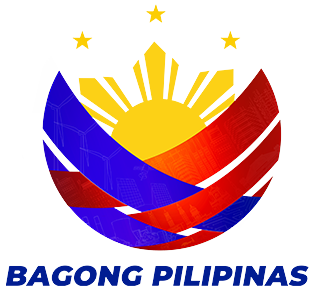Landscape Architecture
Practice defined
The practice of landscape architecture is hereby defined to be the act of planning, designing, specifying, supervising and giving general administration and responsible direction to the functional, orderly and aesthetic arrangement, changing and development of natural scenery and land areas to produce the most desirable effect for human use and enjoyment of various outdoor spaces such as gardens, sports fields, playgrounds, and other open spaces; the protection, conservation and rehabilitation of the natural environment and scenery to enhance the ecological system and the quality of life; the scientific coordination of all the processes which enter into the full development of such land areas performed through medium of unbiased, preliminary studies, consultations, conferences, investigations, evaluations, plans, specifications, contract documents, oral advice and direction, and teaching major landscape architecture subjects .
.
REPUBLIC ACT NO. 9053
AN ACT REGULATING THE PRACTICE OF LANDSCAPE ARCHITECTURE IN THE PHILIPPINES, APPROPRIATING FUNDS THEREFOR AND FOR OTHER PURPOSES.
ARTICLE I
TITLE
Section 1. Title. -This Act shall be known as the "Philippine Landscape Architecture Act of 2000."
ARTICLE II
DEFINITION OF TERMS
Sec. 2. Definition of Terms. -
(a) "Scope of the Practice of Landscape Architecture" refers to the act of planning, designing, specifying, supervising and giving general administration and responsible direction to the functional, orderly and aesthetic arrangement, changing and development of natural scenery and land areas to produce the most desirable effect for human use and enjoyment of various outdoor spaces which consist of landscape components and the softscape of plants such as gardens, sports fields, playgrounds, recreational grounds, camping sites, resorts, national and public parks, historical parks, squares, memorial parks, subdivisions, parks and parkways, zoological and botanical gardens, greenbelts, cemeteries, plazas, patios, yards, outdoor shopping and pedestrian malls, promenades, sidewalks, roads and walkway systems, traffic islands, easements and circles, roof and open interior gardens and courts, and other open spaces; the protection, conservation and rehabilitation of the natural environment and scenery to enhance the ecological system and quality of life, such as, but not limited to:
- The act of planning sites and outdoor spaces;
- Recommending on and formulating landscape development policies concerning visual resources, streetscapes, the rehabilitation of inner cities, slums and historical districts, parks and recreation items which are important components of area development plans at the local, regional and national levels, and as components of area development and planning codes, zoning ordinances and other studies;
Philippine Association of Landscape Architects (PALA)
26 Evergreen Drive, Capitol Green Village
Tandang Sora
Quezon City 1116
Telefax No.: 454-0651
Website: https://palaonline.org/
Re-accredited: Res. No. 2008-449 dated May 19, 2008
Since its inception in 1977, the Philippine Association of Landscape Architects (PALA) has traditionally represented the Landscape Architecture profession. Tasked to administer and promote aesthetic arrangement of natural scenery and land areas for human use and enjoyment, the Association has been responsible for the advancement of the landscape architecture profession. A member of the International Federation of Landscape Architects (IFLA), the PALA has been responsible for the advancement of the profession as an instrument of service in improving the quality of life within a naturally-built environment.
The Association assists in raising the standards of education through accreditation of Landscape Architecture programs in Philippine colleges and universities. Full membership is given to registered Filipino Landscape Architects, while honorary membership is given to those with related academic backgrounds, have been practicing Landscape Architecture, made significant contributions to the association and the profession, and have shown exemplary proficiency in their work.
.


